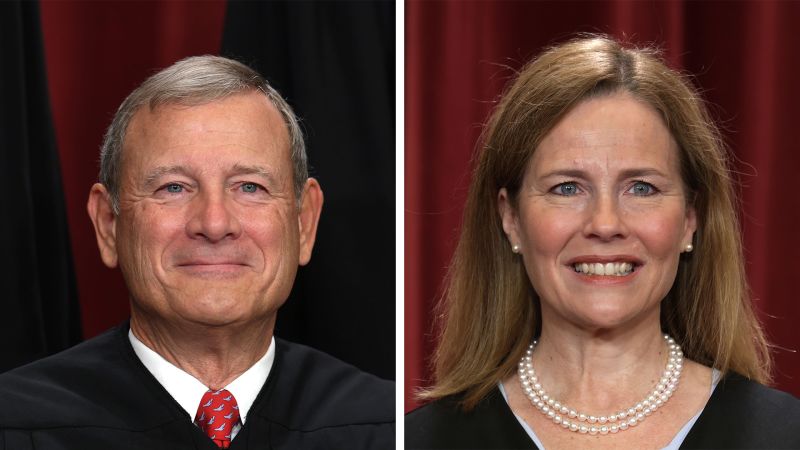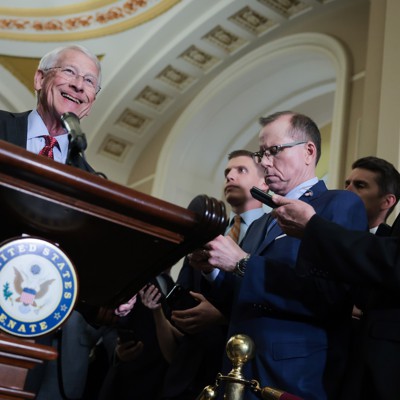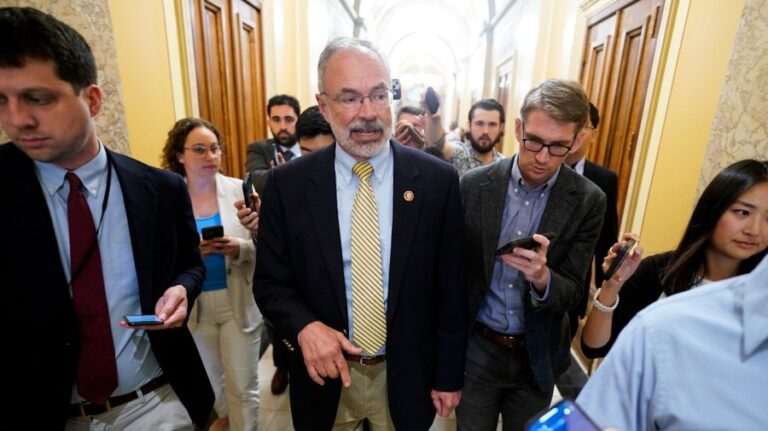Chief Justice John Roberts often downplays his influence over the Supreme Court, lamenting to a group of federal judges that he lacks the authority to enforce his will among his eight colleagues. “You can’t fire people if they don’t follow you. You can’t cut their pay,” he remarked, emphasizing the need for effective communication. However, Roberts wields significant power through the strategic assignment of opinions, a tool that allows him to shape the court’s legacy.
When Roberts is in the majority, he decides which justice will write the opinion, a decision that extends beyond the immediate case to influence future legal interpretations. The rationale and tone of an opinion can guide lower courts and set precedents. This term, Roberts was in the majority more often than any other justice, underscoring his pivotal role in the court’s dynamics.
The Power of Opinion Assignment
Roberts’ ability to assign opinions is a potent tool. It allows him to reward justices, influence legal interpretations, and occasionally challenge ideological stereotypes. This power was on full display when he assigned the opinion in a high-profile case to Justice Amy Coney Barrett, a junior justice on the conservative wing.
The case in question freed former President Donald Trump from numerous lower-court orders blocking his policies, including efforts to end birthright citizenship. Roberts’ choice of Barrett, who had faced criticism from Trump supporters for perceived disloyalty, was both surprising and strategic. It blunted criticism from Trump and reinforced Barrett’s standing within the court.
“I just have great respect for her,” Trump said of Barrett following the decision. “I always have. And her decision was brilliantly written today – from all accounts.”
Historical Context and Strategic Assignments
Roberts’ approach to opinion assignments mirrors strategies employed by past chief justices. Warren Burger, for instance, would switch his vote to ensure he was in the majority, thereby controlling the opinion assignment. His successor, William Rehnquist, was known for rewarding justices who wrote quickly and efficiently.
Roberts, who succeeded Rehnquist in 2005, has continued this tradition, often keeping landmark cases for himself. His assignments reflect a careful balance of rewarding restraint and encouraging ideological crossover. For instance, he assigned liberal Justice Ketanji Brown Jackson a decision in a reverse discrimination case, which the court unanimously decided in favor of a straight woman suing her employer.
Roberts also assigned Justice Sonia Sotomayor a church-state case, which unanimously favored religious interests. These assignments illustrate Roberts’ efforts to distribute cases evenly and foster a semblance of unity among the justices.
Barrett’s Ascendancy and Influence
Justice Amy Coney Barrett, appointed by Trump in 2020, has quickly become a significant figure on the court. Her cautious yet effective approach has positioned her as a pivotal player in many decisions. In a recent case, she wrote the opinion upholding a law prioritizing Native American children’s placement with Native families, a decision seen as a progressive turn.
Barrett’s influence was further cemented in the Trump case, where her opinion restricted the authority of district court judges to issue nationwide injunctions. Her reasoning drew on historical legal precedents, echoing her mentor Justice Antonin Scalia’s originalist approach.
“Nothing like a universal injunction was available at the founding, or for that matter, for more than a century thereafter,” Barrett wrote, citing Scalia’s opinion.
Implications and Future Dynamics
Roberts’ strategic assignments and Barrett’s growing influence highlight the evolving dynamics of the Supreme Court. As Roberts continues to navigate the ideological divides, his decisions on opinion assignments will shape the court’s future direction and its impact on American law.
Looking ahead, Roberts’ ability to maintain cohesion among the justices and his strategic use of opinion assignments will be crucial in addressing the court’s most contentious issues. As the court enters a new term, all eyes will be on Roberts and his next moves in steering the nation’s highest judicial body.























